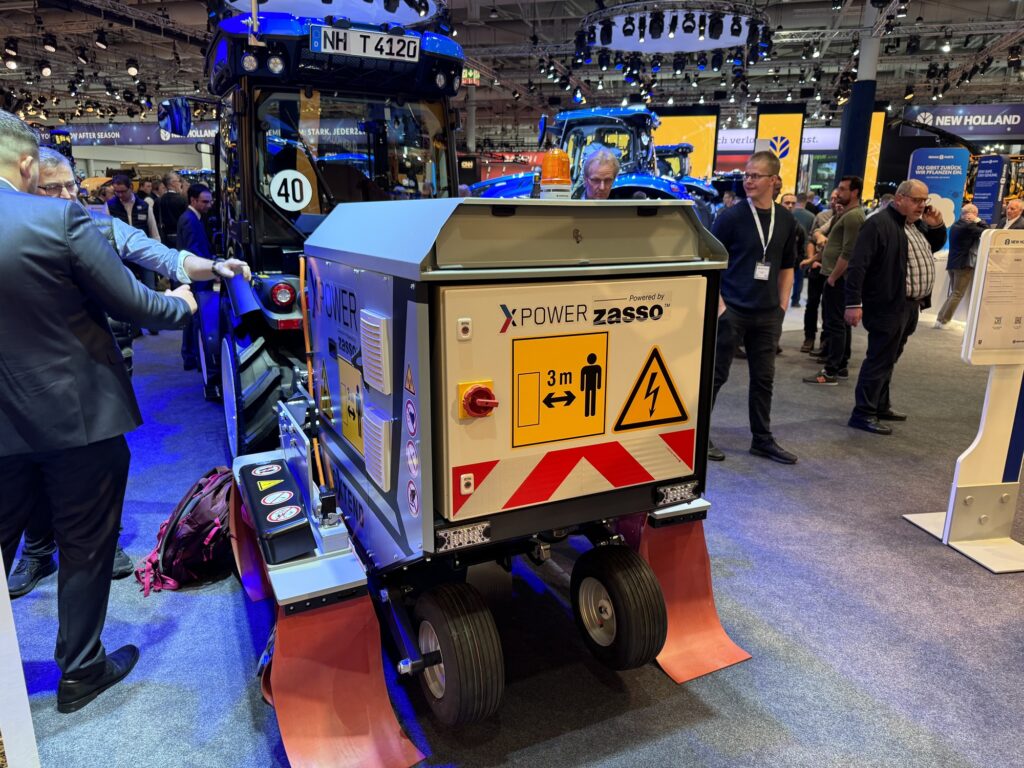I first encountered this definition of Regenerative Farming about a year ago, and it struck a chord with me. Farmers talk (often nostalgically) about farming again like their grandfather used to, but while that is true in the approach, the method has changed massively. Technology has played a pivotal role in enabling regenerative practices to evolve on an unprecedented scale, and scientific studies have deepened our understanding of soil dynamics.
Reviewing Direct Driller Magazine over the past six years reveals a consistent blend of soil-focused content and technological advancements. Building on this foundation, we have decided to take our exploration further. Future magazine issues will alternate between technology and soils, allowing for in-depth discussions on each topic. Our approach, coupled with the launch of Groundswell in 2016, has profoundly shifted the perception of Regenerative Farming in the UK and increased its visibility throughout the supply chain. This shift is now being recognised with higher commodity prices.
In the realm of technology, our aim is to provide farmers with increased exposure to developments in the UK and around the world. This involves identifying areas for incremental advances and contemplating more extensive changes, envisioning what a modern farm might look like in the next two decades.
We often hear the assertion that “farming is changing”, but the crucial question is: changing to what? We hope that the Tech Farmer issues will assist farmers in understanding how to steer their businesses towards greater profitability and sustainability. Even if certain aspects of their farms undergo significant transformation, these changes will contribute to a more robust and adaptive agricultural sector.
Considering the constant evolution in farming practices, the average farmer in 20 years might be quite different. It prompts us to reflect on our own evolution compared with our parents and wonder whether we really anticipate farming for our children will be that different.
